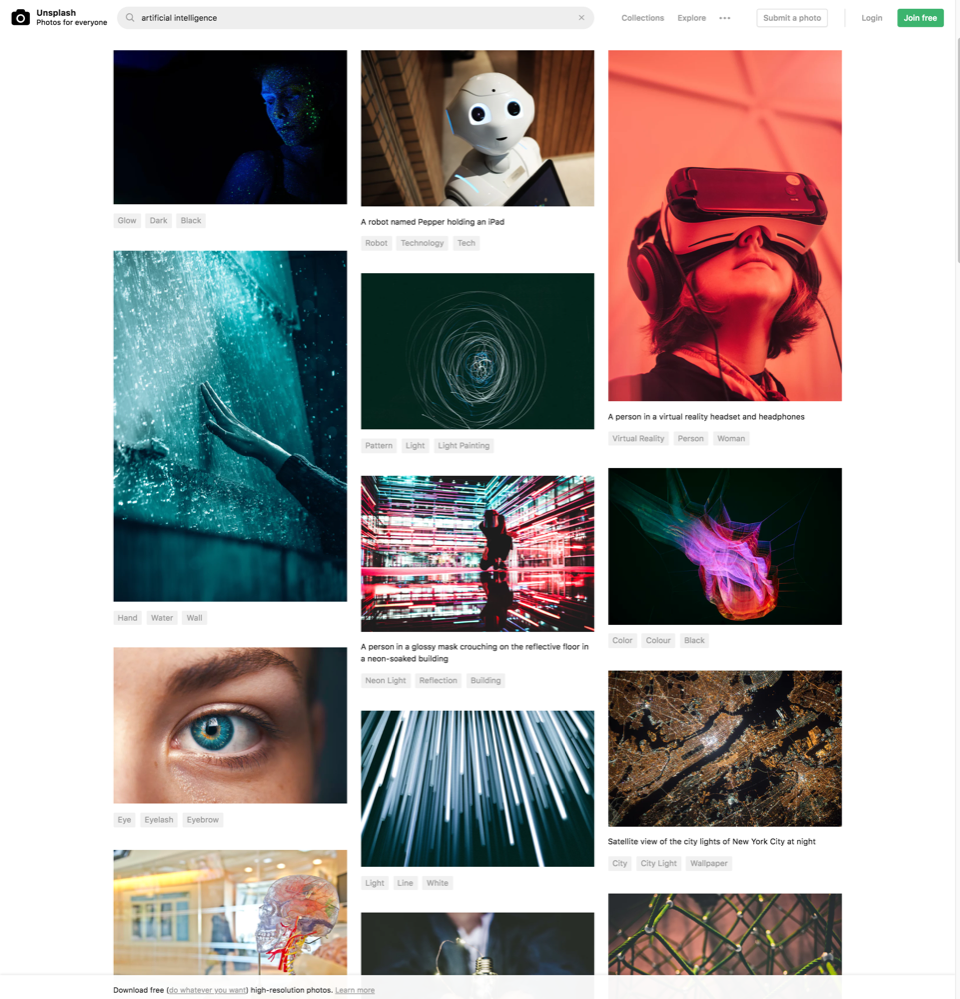Molly Wright Steenson lectures on “AI and Stories of Autonomous Landscapes”
- November 3, 2018

Part myth, part imaginary, part reality, there are numerous visions of how AI is changing the landscape around us. Yet these ideas have a longer history—one that directly implicates architects and architecture back to the 1960s. In this talk, Molly Wright Steenson traces the history of AI in architecture and looks ahead to its contemporary and future implications.
Biography:
Molly Wright Steenson is an author, designer, and historian. She is the K&L Gates Associate Professor of Ethics & Computational Technologies at Carnegie Mellon University, Senior Associate Dean for Research in the College of Fine Arts, and an Associate Professor in the School of Design with a courtesy appointment in the School of Architecture. She is the author of “Architectural Intelligence: How Designers and Architects Created the Digital Landscape” (MIT Press, 2017), which traces the radical history of AI’s impact on design and architecture, and the co-editor of the forthcoming book “Bauhaus Futures” (MIT Press, 2019) that explores the legacy of the Bauhaus at 100. Previously, she was an assistant professor in the School of Journalism and Mass Communication at the University of Wisconsin-Madison, an adjunct faculty member at Art Center in Pasadena, CA, and an associate professor at the Interaction Design Institute Ivrea in Italy. She holds a PhD in Architecture from Princeton University and a Master’s in Environmental Design from the Yale School of Architecture. Prior to academia, Molly started working with the Web in 1994 and has worked at groundbreaking design studios, consultancies, and Fortune 500 companies in Silicon Valley, San Francisco, New York, Europe, and India.


